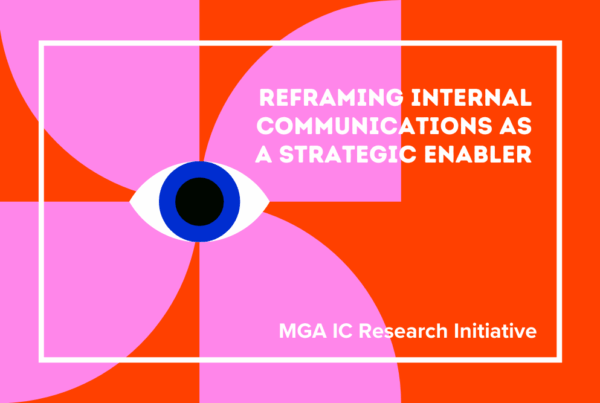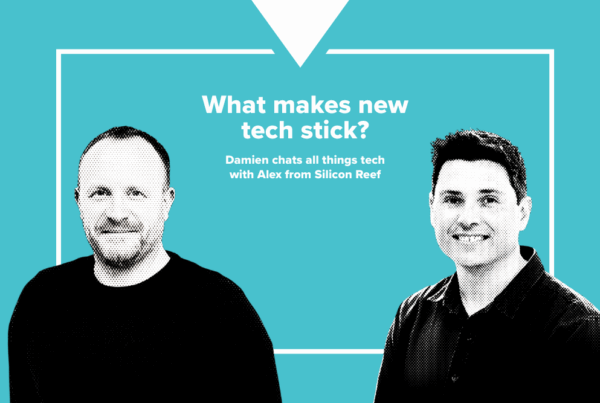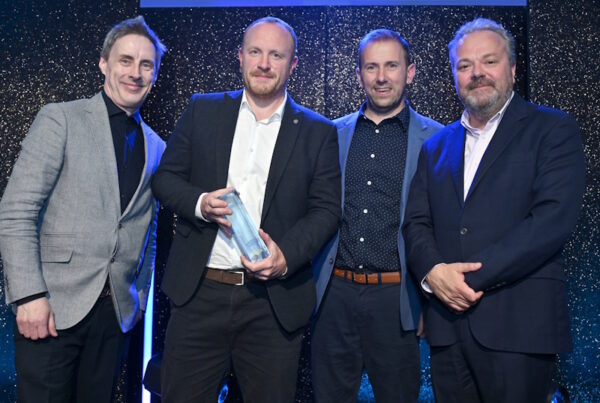Published in Creativity, Events, Ideas
At the beginning of this year I received a client brief miles away from the norm.
It was something along the lines of “create and bring to life an industry event that has never happened before and for which there is no previous blueprint” – in effect to create something out of nothing.
The client was none other than the extraordinarily energetic and irrepressible Marian Stefani, CEO of the IPIA who had a vision and needed MGA Group, with its reputation as a strategic creative agency known for Extracting the Extraordinary, to bring that to fruition. We’ve since worked hand in hand with Marian and her small team to develop strategic thinking to support the Everything’s Possible in Print (EPIP) theme we created and to bring it to life through a memorable brand, look & feel and collateral which many attendees saw and experienced at EPIP 2016.
Keynote speaker Rory Sutherland spoke entertainingly at EPIP about how we react to pretty much anything in terms of what feels right or wrong. He described Jonathan Haidt’s model for the human brain as the rider and the elephant where the rider is the conscious brain and the elephant is the unconscious. The rider believes they control the elephant but in fact they can’t make the elephant do anything it doesn’t want to do. Thus, brands need to appeal to the elephant. And our unconscious brains can therefore make us think wine tastes better if it’s more expensive and from a heavier bottle, and that our car drives better after a car wash. Strange perhaps but also accurate if you think about it.
And so, how does the elephant analogy apply in the world of print? Rory’s theory was that by comparison to some digital solutions, print can arguably be a more expensive option – and the positive outcome here (similarly to the wine example above) is that it is regarded as having higher intrinsic value that it’s intangible digital alternative. It’s almost as if an upfront cost is the proof-point of a long-term commitment to and belief in your product. Rory also spoke about relevance – and used the example of a wedding invitation. If you receive a professionally designed printed wedding invitation, you’re likely to be enthusiastic about the celebrations to come – but does a digital invitation by email give us the slight suspicion of a cash bar?
EPIP worked very well to start to unravel the disconnect between buyers and print and served to remind everyone that print professionals should be fully engaged at the start of the planning process, not solely to respond to a request for print quotes towards the end of a project’s development. Here at MGA we realise if you simply ask for a print quote, that’s what you’ll get. If however, you talk about the need for a solution to a business challenge, you’ll be introduced to remarkable innovation delivered by the print industry.
Click here to see our case study on the 2016 EPIP conference.
Iain Hunter is Group Head of Client Service for MGA Group – he leads the team that works closely to support a range of strategic and design services delivered to the IPIA including EPIP and Spark magazine.




